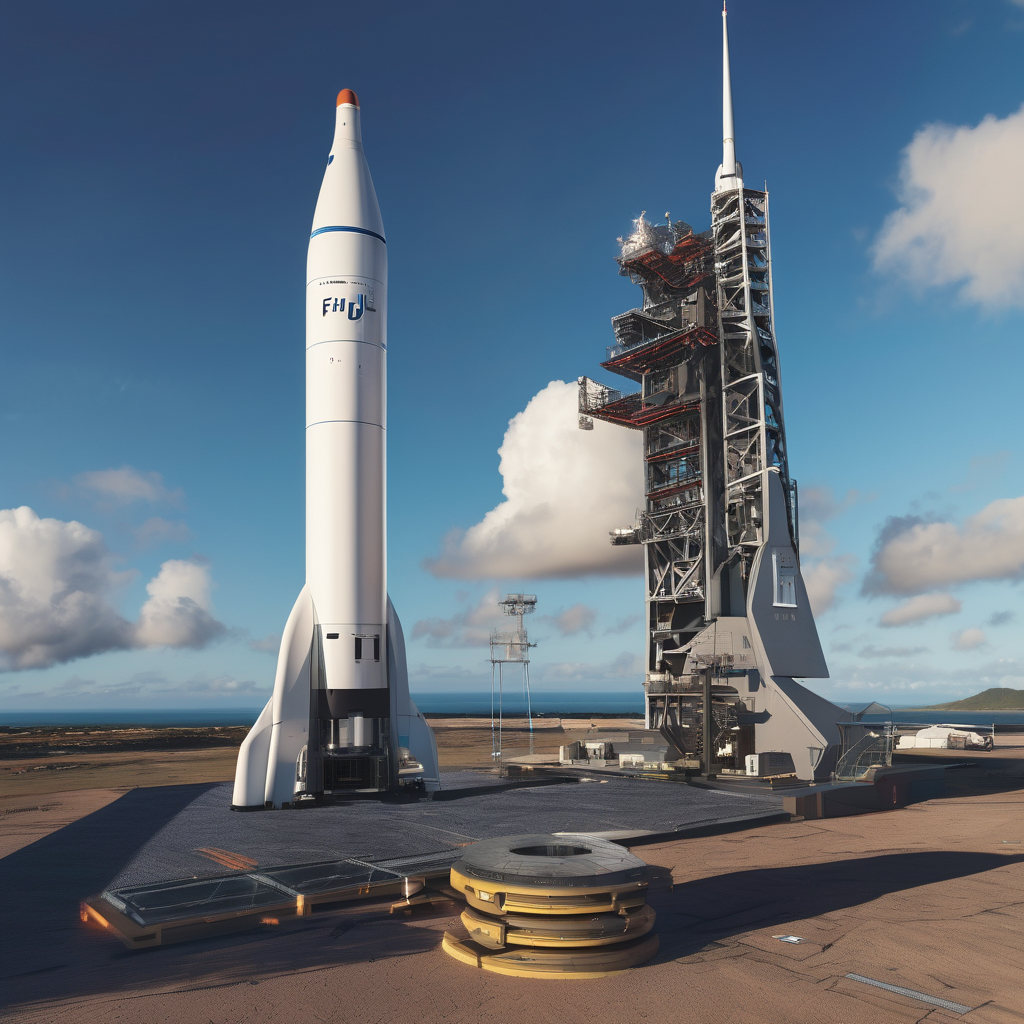Blue Origin, the space company founded by Amazon’s Jeff Bezos, is gearing up for an important milestone as it prepares to launch its New Glenn rocket on a mission with significant implications for interplanetary exploration. This launch, scheduled for Thursday from Cape Canaveral Space Force Station between 2:57 and 4:25 p.m. ET, represents the first major test for the towering rocket, which will carry two satellites bound for Mars.
Originally intended for a mission for NASA called Escapade last Sunday, the launch was postponed due to unfavorable weather conditions. A subsequent attempt was also thwarted when a powerful solar storm created hazardous space weather, making it unsafe for a launch. The storm prompted Blue Origin to delay its countdown and reassess its protocols. The Federal Aviation Administration’s recent restrictions on daylight launches due to the government shutdown added an extra layer of complexity to the scheduling of this important flight.
The Escapade mission, whose name stands for Escape and Plasma Acceleration Dynamics Explorers, will be the first to carry a customer payload aboard New Glenn. In January, the rocket successfully completed its inaugural flight, but that test flight only involved Blue Origin’s own technology. The upcoming mission aims not only to deploy the satellites but also to recover New Glenn’s first-stage booster, similar to the practices employed by the competitive space company SpaceX. This booster recovery is critical to Blue Origin’s long-term strategy of reusability, which they believe will reduce costs significantly.
Once in orbit, New Glenn will set the satellites on a trajectory towards Lagrange Point 2, a stable point located approximately 1.5 million kilometers (930,000 miles) from Earth. This specific point allows the satellites to utilize minimal fuel as they await the right moment to transition to Mars, which will occur during a dedicated transfer window that opens in late 2026. The two satellites are expected to enter Mars’ orbit by September 2027, where they will undertake a significant scientific mission under the guidance of researchers from the University of California, Berkeley. Their primary goal will be to study the Martian atmosphere and understand the reasons behind the planet’s historical atmospheric loss, providing valuable insights for future exploration.
Projected to cost under $100 million, the Escapade mission exemplifies NASA’s SIMPLEx program, which aims to encourage innovative and cost-effective missions in planetary exploration as an alternative to more traditional, expensive missions.
As this pivotal launch draws near, it reflects not only Blue Origin’s determination to advance its technology but also the broader ambitions of space agencies and companies to explore the depths of our solar system through more economical scientific endeavors. This promising effort underscores the potential for collaboration and technological advancement in future interplanetary missions.
